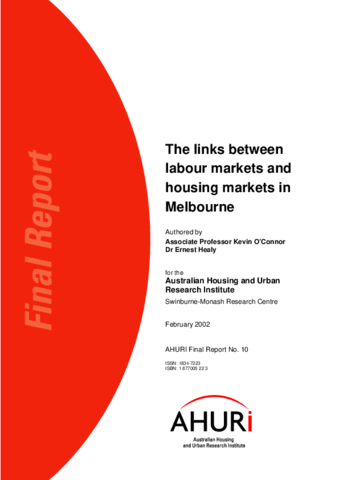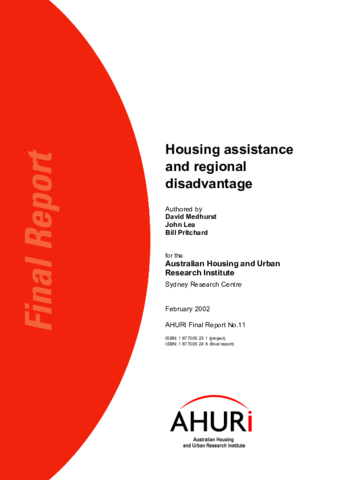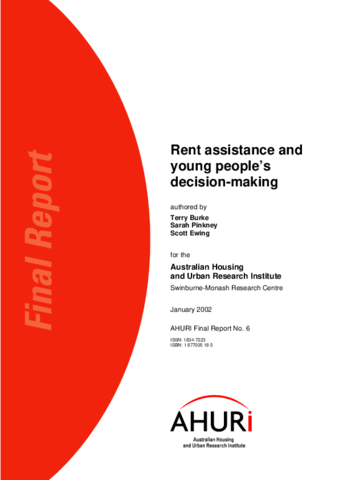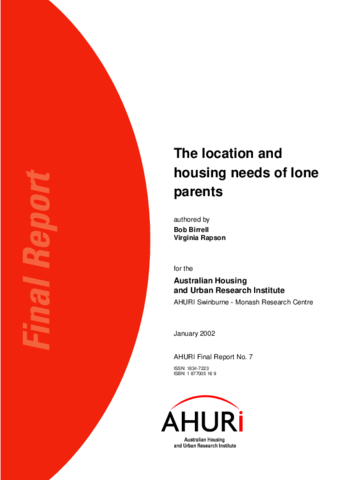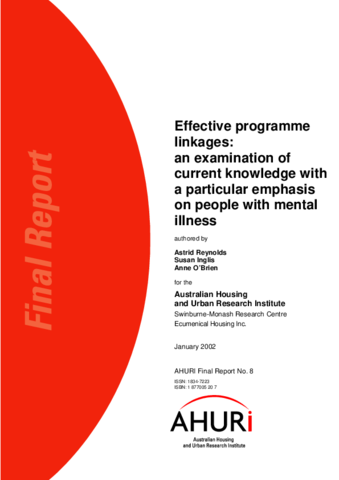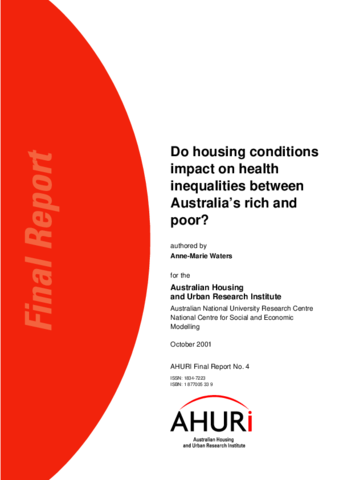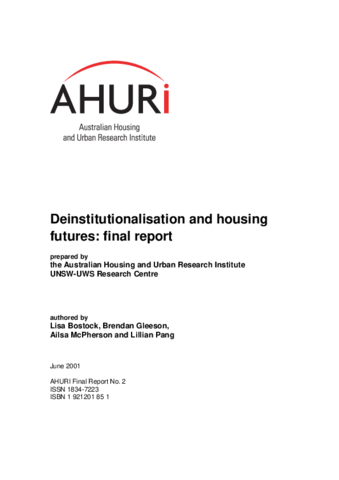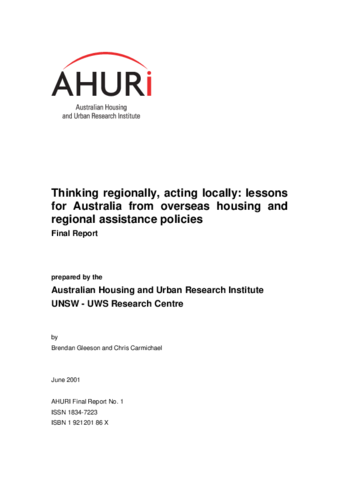Report
1st February 2002

Search
Enter a keyword search term
Search results for
Sort by
Displaying 1361 - 1370 of 1536
Report
1st November 2001
Examining the links between housing and nine key socio cultural factors
view report
Report
1st October 2001

